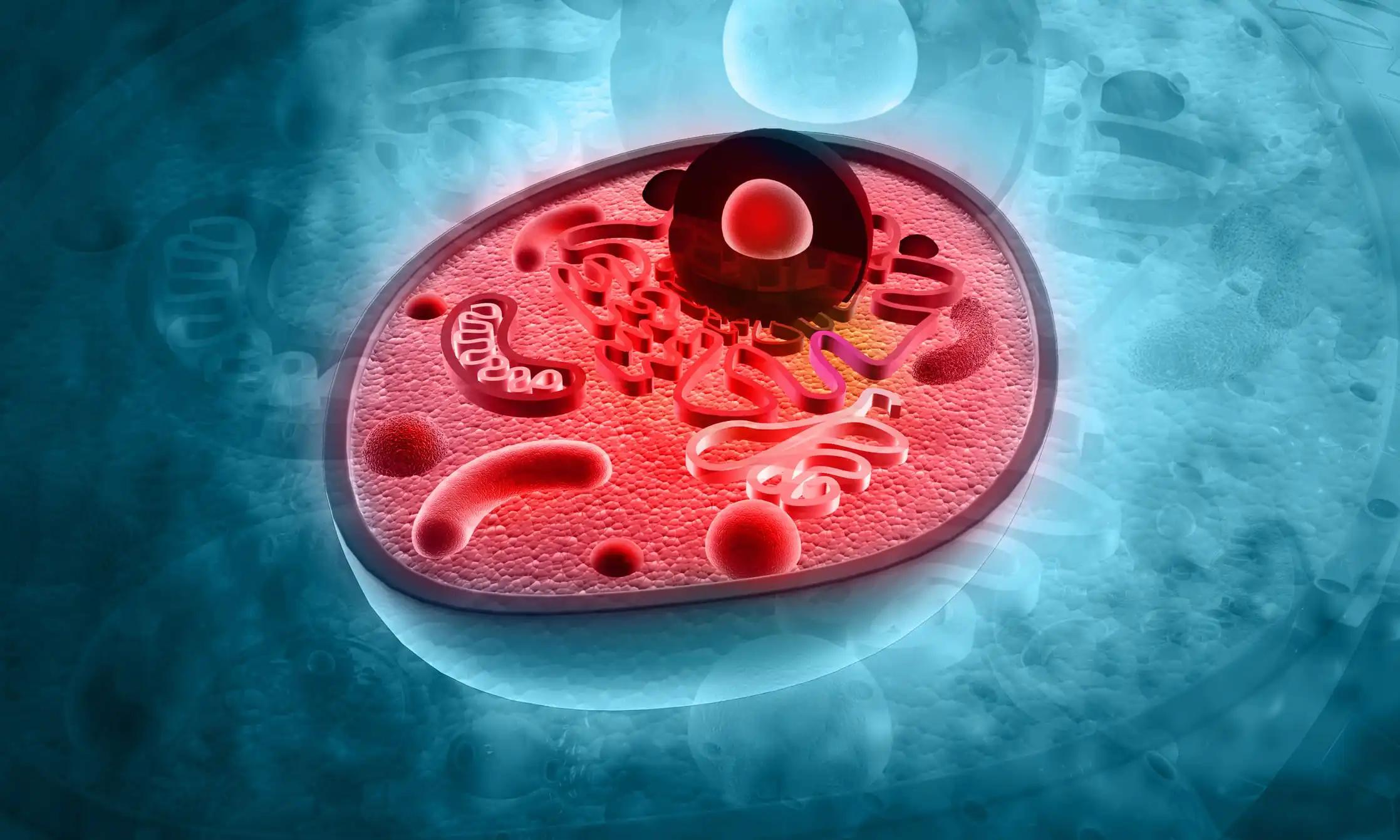KEY TAKEAWAYS
- A phase 3 clinical trials T-DM1 conducted for T-DXd in patients with HER2-positive metastatic breast cancer and metastatic gastric cancer.
- The study aimed to provide a dose justification for the approved 5.4 mg/kg Q3W dose of T-DXd for HER2-positive metastatic breast cancer patients.
- Multivariate logistic or Cox regression analysis was conducted for each endpoint utilizing diverse exposure metrics of T-DXd.
- The findings indicated a statistically significant association between the area under the AUC of intact T-DXd and the confirmed ORR.
- The projections for dose-response indicate a rise in ORR and toxicity when administering T-DXd at 6.4 mg/kg compared to 5.4 mg/kg.
- The study guides healthcare providers regarding administering the 5.4-mg/kg dosage for individuals with HER2-positive metastatic breast cancer.
Trastuzumab deruxtecan, also known as T-DXd, is an antibody-drug conjugate that targets HER2. It comprises a unique enzyme-cleavable linker and a topoisomerase I inhibitor payload that can permeate the cell membrane. Trastuzumab deruxtecan (T-DXd) treated metastatic breast and metastatic gastric cancer in patients with HER2-positive status. The endorsement for breast cancer was predicated on findings derived from the clinical trials, namely DESTINY-Breast01 (U201; NCT03248492) and J101 (NCT02564900). Researchers provide a dose justification for the sanctioned 5.4 mg/kg every-3-weeks (Q3W) dose, assessed for exposure efficacy in patients diagnosed with HER2-positive breast cancer (N = 337) in the two trials above. The evaluation of exposure safety was conducted on a cohort of patients with various tumor types (N = 639, n = 512 with breast cancer) in 5 clinical trials, which encompassed J101 and DESTINY-Breast01. The doses of T-DXd varied from 0.8 to 8.0 milligrams per kilogram every three weeks.
Most patients, specifically 312 individuals, were given a dose of 5.4 mg/kg, while 291 patients were given a dose of 6.4 mg/kg. Multivariate logistic or Cox regression analysis was conducted for each endpoint utilizing diverse exposure metrics of T-DXd and the released drug. A statistically significant association was observed between the area under the concentration-time curve (AUC) of intact T-DXd and the confirmed objective response rate (ORR; P = 0.028). No notable exposure-response correlations were identified between the complete T-DXd or liberated medication and the response length or progression-free survival. Nonetheless, the follow-up was restricted. All evaluated safety endpoints showed a significant (P < 0.05) correlation with either intact T-DXd or released drug. Higher exposures are projected to result in higher rates of adverse events (AE). The projections for dose-response indicate a rise in ORR (67.5% versus 62.9%) and toxicity (such as grade ≥ 3 all-cause treatment-emergent adverse events: 61% versus 54%) when administering T-DXd at 6.4 mg/kg compared to 5.4 mg/kg. The findings indicate the benefit-risk ratio at varying dosages and guide healthcare providers regarding administering the 5.4-mg/kg Q3W dosage for individuals with HER2-positive metastatic breast cancer.
Source: https://ascpt.onlinelibrary.wiley.com/doi/10.1002/cpt.2291#cpt2291-tbl-0001
Clinical Trial:https://clinicaltrials.gov/ct2/show/NCT03248492
Ophelia Yin, Hiroji Iwata, Chia-Chi Lin, Kenji Tamura, Junichiro Watanabe, Russ Wada, Helen Kastrissios, Malaz AbuTarif, Tushar Garimella, Caleb Lee, Lin Zhang, Javad Shahidi, Frank LaCreta/Exposure-Response Relationships in Patients With HER2-Positive Metastatic Breast Cancer and Other Solid Tumors Treated With Trastuzumab Deruxtecan/Clinical Pharmacology & Therapeutics, 110(4), 986–996. https://doi.org/10.1002/cpt.2291



